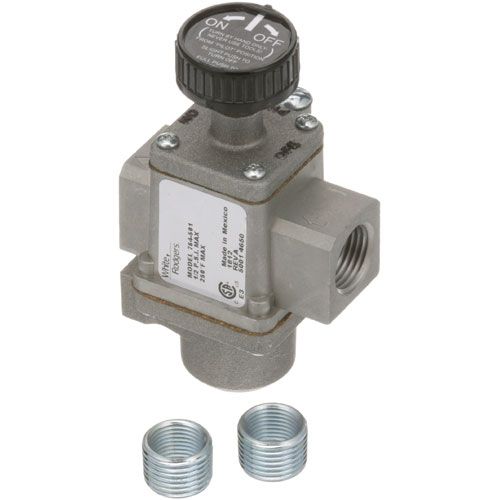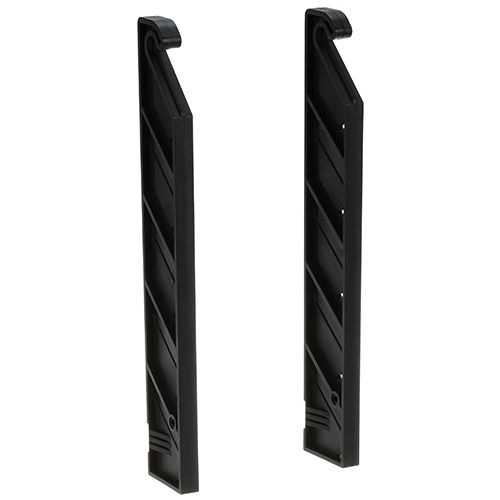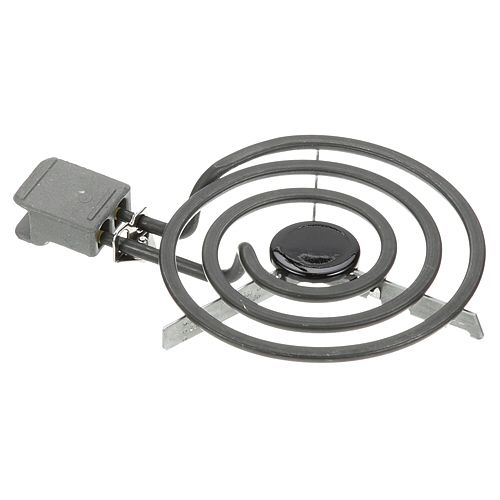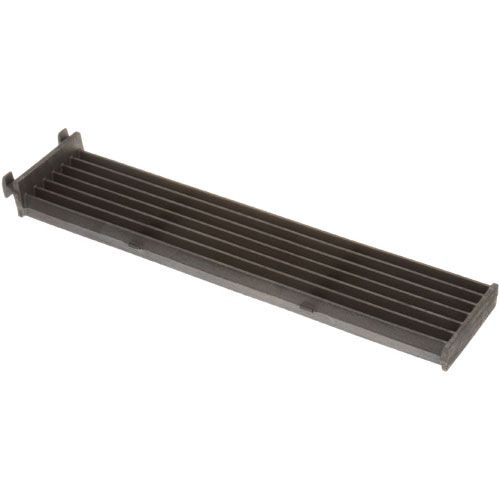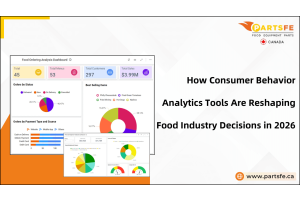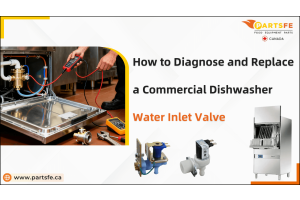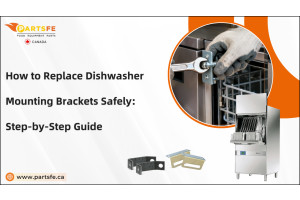Troubleshooting Commercial Grill Heating Element Issues: Here's How to Fix
A malfunctioning heating element in your commercial grill can bring your kitchen to a standstill, affecting food quality and service speed. Whether you're running a busy restaurant or managing a catering operation, it's crucial to identify and resolve heating issues quickly. Fortunately, many common problems can be fixed with a bit of troubleshooting and the right tools. This guide is designed to help you understand how commercial grill heating elements work, what signs to look for when something goes wrong, and how to safely make repairs. By learning to spot the early signs of failure and taking prompt action, you can minimize downtime and extend the life of your equipment. Let’s dive into the troubleshooting process step by step.
Why Your Commercial Grill Heating Element Matters
The heating element is the primary component responsible for transferring energy into heat. It ensures consistent temperature across the cooking surface, which is crucial for food safety and quality. A properly functioning heating element helps you:
A well-maintained heating element offers several important benefits for your grill and kitchen:
-
Even Heat Distribution: A functional heating element distributes heat evenly across the grill surface, ensuring there are no hot or cold spots. This consistency is vital for cooking food to perfection every time.
-
Optimized Power Usage: Efficient heating elements reach the desired temperature quickly and maintain it, which helps reduce energy usage and lowers your utility bills.
-
Reduced Cooking Time: With a working heating element, your grill heats up faster and maintains a consistent temperature, allowing for quicker cooking and faster service, boosting kitchen productivity.
-
Consistent Cooking Results: Even controlled heat ensures that food cooks evenly, preserving flavor and texture, and preventing overcooking or undercooking.
-
Extend Equipment Lifespan: Proper maintenance of the heating element for grill applications reduces strain on the unit, contributing to its longevity and helping avoid costly repairs or replacements.
Ignoring heating element issues not only disrupts operations but can also lead to costly health code violations and equipment damage.
Dealing with heating issues on your commercial grill? PartsFeCA provides reliable replacement parts from top brands like Vulcan Hart, Hobart, and Garland. Shop for critical components such as heating elements, burners, thermocouples, and regulators to restore your grill's performance quickly.
Common Symptoms of a Faulty Grill Heating Element
Recognizing the signs early can save you from expensive repairs or replacements. Look out for these common symptoms of a faulty grill heating element:
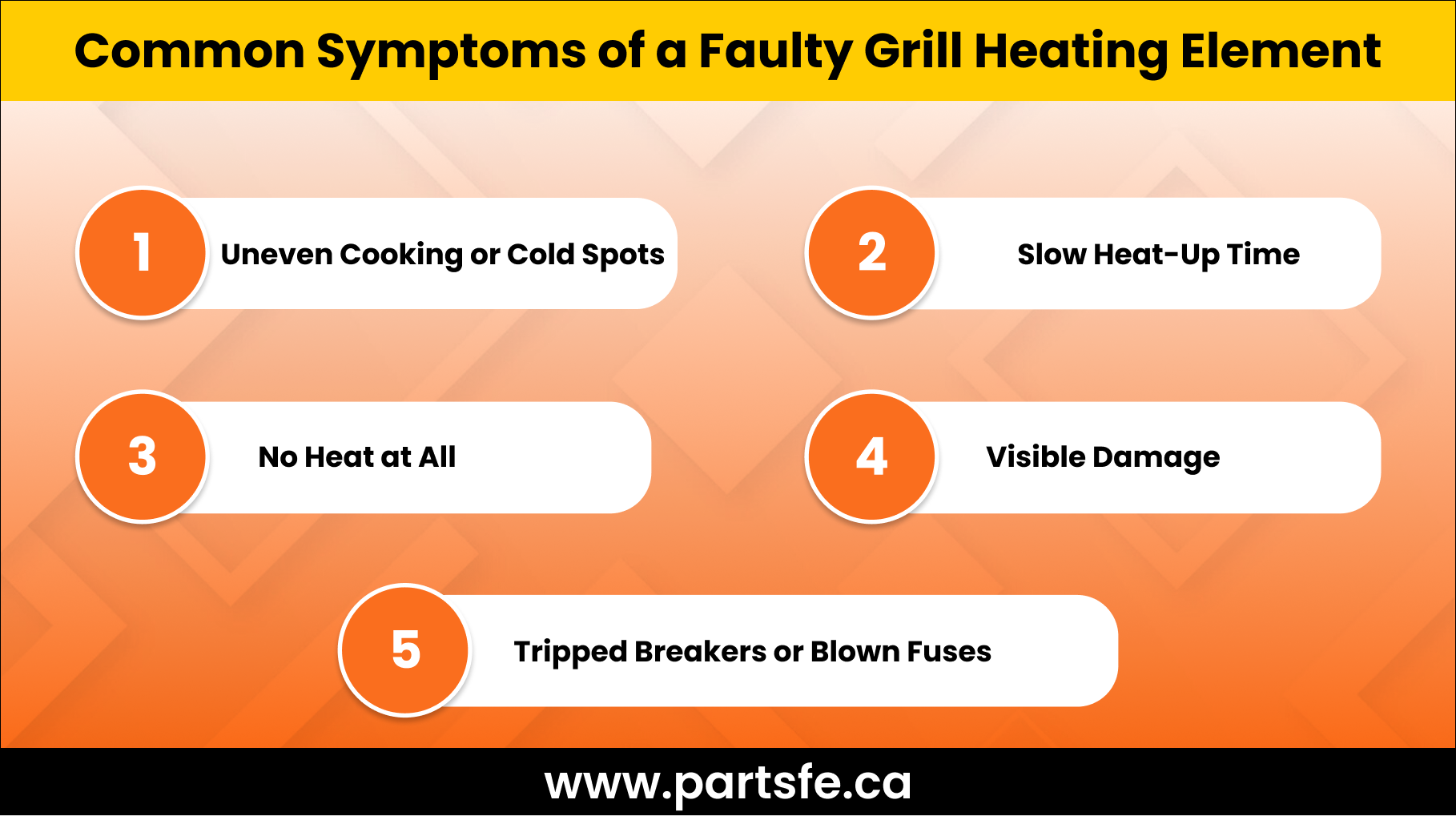
-
Uneven Cooking or Cold Spots: If food cooks unevenly or some grill areas stay cool, the heating element may be partially failing. This results in cold spots where the heat isn't being distributed evenly.
-
Slow Heat-Up Time: A delay in reaching cooking temperature suggests the heating element is losing efficiency, possibly due to a malfunctioning thermostat, connections, or the element itself.
-
No Heat at All: When the grill doesn’t heat up at all, the element may be completely burned out or disconnected. In this case, the element isn't generating any heat.
-
Visible Damage: Cracks, burns, or discoloration on the element indicate physical wear or overheating issues. Such visible cracks can impact the safety and performance.
-
Tripped Breakers or Blown Fuses: A faulty element can short-circuit, leading to blown fuses or repeatedly tripped breakers. This disrupts the grill's electrical flow and prevents it from working.
Check out this how to reset grill pressure regulators: a step-by-step guide to resolve pressure regulator problems
Causes Behind Commercial Grill Heating Element Failures
Several causes of heating element failure can lead to issues in a commercial grill, from overuse to electrical problems. Identifying these causes helps prevent future problems and ensures the grill operates efficiently.
-
Wear and Tear: Continuous high heat cycles degrade the element over time. Material fatigue makes older grills more likely to fail.
-
Grease and Food Buildup: Accumulated debris can insulate the element, causing overheating. Grease can short-circuit electrical connections.
-
Electrical Faults: Poor wiring or power surges can damage internal components such as the control board, fuses, and connectors. Burnout and decreased productivity can result from loose or broken connections.
-
Improper Usage: Overloading the grill or leaving it on for extended periods stresses the heating element. Using cleaning supplies that aren't compatible can cause scratches or other surface damage.
-
Moisture Exposure: Moisture exposure can corrode electrical terminals, causing heating element failure. Internal leaks can cause electrical shorts by allowing water to reach sensitive components.
-
Faulty Thermostats or Controllers: Sometimes, it’s not the heating element itself but a malfunctioning thermostat that causes irregular temperature regulation.
How to Test Your Grill Heating Element
To keep your commercial grill running efficiently, it’s essential to regularly test the heating element for proper functionality. Follow these simple steps to diagnose any issues and determine if the element needs repair or replacement.
Tools & Materials Needed:
-
Digital multimeter
-
Screwdriver(for removing any panels or covers)
-
Insulated gloves
-
User manual (for reference)
Turn Off the Power and Disconnect the Grill
-
Ensure the grill is turned off and completely unplugged from the electrical source to avoid any risk of electrical shock or injury.
-
If it's a gas-powered grill, make sure to turn off the gas supply completely before proceeding.
Remove the Grill Panel
-
Use a screwdriver to carefully remove any panels or covers that may be blocking access to the heating element. These could be screws or fasteners holding the cover in place.
-
To guarantee correct reassembly later, keep track of all screws and panels.
Test Continuity with a Multimeter
-
Set your multimeter to the (“Ohms”) or (“Continuity”) setting, depending on the model you're using.
-
Touch one of the multimeter's probes to the heating element's terminals, then the second probe to the other terminal.
-
Check the reading – zero ohms or continuity means the element is functional, and no reading or an open circuit indicates a faulty element.
Inspect for Physical Damage
-
Visually inspect the heating element for any signs of visible wear, such as cracks, burns, corrosion, or discoloration.
-
Check for broken connections or exposed wires that may indicate the element is damaged beyond repair.
-
It will be necessary to replace the heating element if you observe any of these problems.
Check the Wiring
-
Inspect the wiring that connects to the heating element for loose, frayed, or damaged wires.
-
Tighten any loose connections and replace any damaged wiring to ensure proper power delivery to the heating element.
-
If the wiring appears intact and there is no visible damage, you can rule out wiring issues as the cause of the malfunction.
When to Replace vs. Repair a Grill Heating Element in Commercial Units
Deciding whether to repair or replace a heating element can be challenging. Understanding the severity of the issue helps determine the most cost-effective and efficient solution.
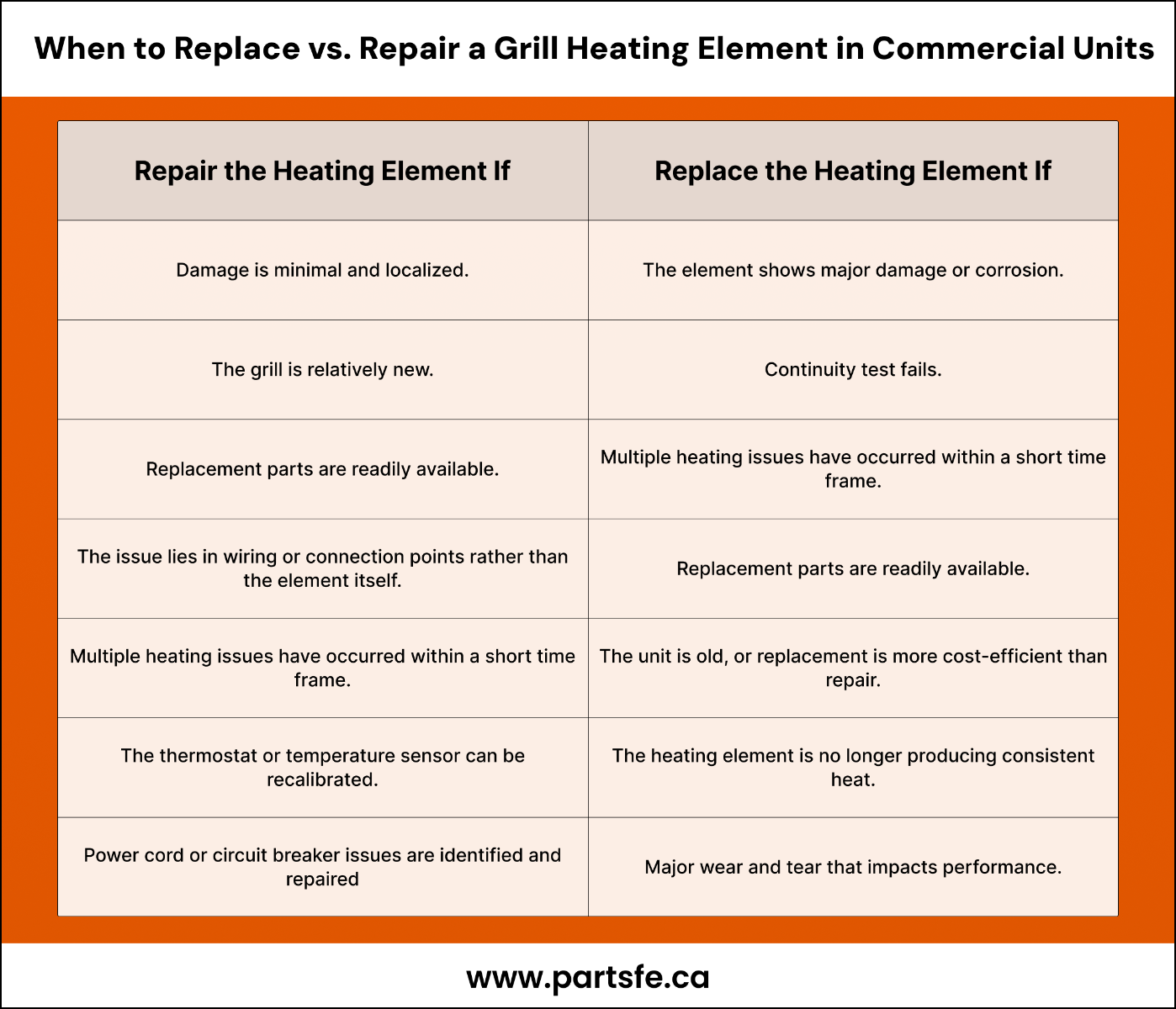
Safety Tips Before Handling a Grill Heating Element
Working with a grill’s heating element involves handling electrical components and high temperatures, which can pose safety risks. It's essential to take the proper precautions to prevent injury or damage. Here are some key safety tips to follow before handling a grill heating element:
-
Unplug the Grill: Always disconnect the grill from its power source before starting any inspection or repair. This eliminates the risk of electrical shock while working on the heating element.
-
Let the Grill Cool down: Before handling any part of the grill, be sure it is cool.. Heating elements can remain hot for a while, and even residual heat can cause burns.
-
Wear Protective Gear: Use heat-resistant gloves and safety goggles when working around the heating element. This protects your hands from burns and your eyes from any debris or dust that may be released during the repair.
-
Use Insulated Tools: When dealing with electrical components, use tools with insulated handles. This will prevent any accidental shocks while working with wiring and terminals..
-
Inspect for Visible Damage: Before handling any component, check for visible signs of damage like cracks, burns, or melted parts. If the element appears severely damaged, it’s best to replace it rather than attempt repairs.
Check out this article 4 effective ways to clean your grill grates, for detailed tips on cleaning your grill grates.
Preventive Maintenance Tips for a Long-Lasting Grill Heating Element
To extend the lifespan of your commercial grill’s heating element and ensure optimal performance, regular maintenance is key. The following are essential tips for preventive care:
-
Frequent Cleaning: Grease, carbon buildup, and food residue can block and insulate the heating element.. Clean the grill thoroughly after each use, paying special attention to the element and surrounding areas.
-
Frequent Inspection: Keep an eye out for obvious damage to the heating element, such as rust, discoloration, or cracks. Early problem detection can save future expensive repairs.
-
Avoid Overuse: While commercial grills are built for heavy-duty use, overloading the grill or running it at excessively high temperatures can strain the heating element. Use the grill according to its recommended capacity to avoid unnecessary wear.
-
Maintain Electrical Connections: Ensure the grill is connected to a stable electrical supply. Voltage fluctuations or power surges can cause damage to the heating element. Electrical problems can be avoided by using surge protectors.
-
Consult a Professional: Schedule regular inspections from a professional technician to ensure the grill is functioning efficiently. The technician can identify hidden problems that may go undetected during regular inspections.
By following these tips, you can significantly prolong the life of your grill’s heating element and maintain consistent cooking performance.
Read this article on understanding charbroilers: types, installation, cleaning, and maintenance
Maintaining and troubleshooting your commercial grill’s heating element is crucial for ensuring optimal performance, safety, and longevity of your equipment. Regular inspections, proper cleaning, and prompt attention to any issues, whether with the heating element itself or related components such as the thermostat, wiring, or power supply, can prevent costly repairs and downtime.
Understanding when to repair versus replace the heating element, and knowing how to identify common issues like inconsistent heating or power failures, will help you make informed decisions that extend the lifespan of your grill. By taking a proactive approach to maintenance, you not only protect your investment but also enhance the efficiency of your kitchen operations, ensuring your grill continues to deliver consistently great results.
FAQs
Why is my grill element not heating up?
The grill element may not be heating up due to a faulty connection, a broken heating element, or issues with the thermostat. Check for visible damage and test the element with a multimeter.
Why is my grill not heating properly?
Improper heating can be caused by a malfunctioning thermostat, power supply issues, or a damaged heating element. Inspect the wiring and elements for visible signs of wear or corrosion.
Why has my grill element dropped?
If the grill element has dropped, it could be due to loose mounting brackets or damaged supports. Check for any loose screws or parts that may need reattachment or replacement.
How to clean grill heating element?
To clean the heating element, turn off and unplug the grill, then wipe away grease and food buildup using a damp cloth. For stubborn residue, use a soft brush or specialized cleaner to avoid damaging the element.


